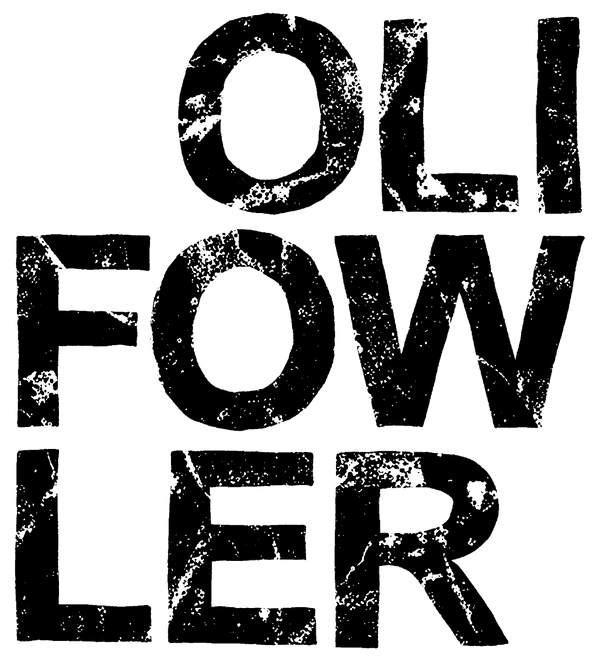
That One Thursday Morning...
I was working on a print of a London landmark. Three colours. The first two layers went down a treat. The yellow was flat and perfect, the black outline was crisp. I was on the home stretch, just the final layer of a deep, inky blue to pull. It’s the one that brings the whole thing to life.
I had a stack of about 50 prints, all with their first two perfect layers, waiting patiently. I mixed the blue, flooded the screen, took a deep breath, and pulled the first one. I lifted the screen.
Disaster.
The registration was off by a whisker. Just a millimetre, but in screen printing, a millimetre is a mile. The blue was bleeding slightly over the black line work, making it look blurry and, frankly, a bit cheap. My heart sank. That's 50 sheets of expensive paper potentially ruined. A digital printer would never have this problem. It would also never have the solution I found.
Instead of scrapping the lot, I stopped. I looked at the screen, the paper, the alignment guides. I made a tiny, manual adjustment to the rig – a nudge here, a tightened clamp there. It's a bit of a dance, all done by eye and by feel. There’s no undo button. You just have to trust your gut.
The next pull was perfect. The blue snapped right into place, sitting flush against the black with a satisfying sharpness. The remaining 49 prints were saved, and that first mis-print? It’s pinned up in my studio as a reminder.
The Ghost in the (Lack of a) Machine
That little story is everything. It’s the human element. A machine just follows code. It prints dots in a line, perfectly, predictably, and without any soul. It can’t make a gut decision, it can’t feel the ink, it can’t see that tiny misalignment and physically correct it.
When you look at one of my screen prints, you’re seeing the result of those moments. You're seeing ink that has been physically pushed through a screen, layer by layer. It creates a texture you can feel, a depth of colour that is rich and solid because it’s a physical layer of pigment, not just a whisper-thin spray of CMYK dots.
Sometimes, tiny imperfections happen. A slightly thicker ink deposit here, a minuscule shift there. We call it character. It’s the proof that a human being, not a robot, made this thing for you.
So, What Are You Actually Holding?
When you buy a piece from Oli Fowler Art, you’re not just getting a picture for your wall. You’re holding the end result of a physical process. You’re holding that Thursday morning drama, the split-second decision to adjust the rig, the sigh of relief when it works.
It's an object with its own little history baked right into the paper. It's why two prints from the same edition are never *truly* identical. And you know what? That’s the whole point. It’s art, not a data file. It’s got a pulse.
Next time you look at a screen print, run your finger over it. Feel the slight edge where one colour meets another. See the way the light catches the solid, vibrant ink. It's not a poster. It’s a small story, told in paper and ink.
